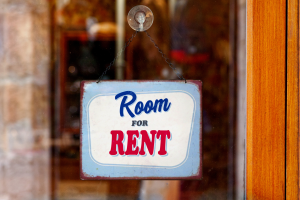
Reduce Energy Waste and Save Money: Simple Tips for Lower Bills
Nobody wants to throw money away on energy bills, yet most households are doing it without realising. From appliances sitting

Nobody wants to throw money away on energy bills, yet most households are doing it without realising. From appliances sitting

Budgeting is an essential skill that helps you stay in control of your finances. For Gen Z in Australia, managing

Online subscriptions have become an integral part of everyday life, offering convenience and access to a wide range of digital

Landlord incentives play an important role in attracting tenants, especially in competitive rental markets. From rent-free periods to property upgrades,

Renting out a room can be a strategic move for first-time homeowners looking to ease financial pressures while making the

De facto relationships are increasingly common in Australia, but many couples may not fully understand the legal and financial implications.

Nobody wants to throw money away on energy bills, yet most households are doing it without realising. From appliances sitting

Budgeting is an essential skill that helps you stay in control of your finances. For Gen Z in Australia, managing

Online subscriptions have become an integral part of everyday life, offering convenience and access to a wide range of digital

Landlord incentives play an important role in attracting tenants, especially in competitive rental markets. From rent-free periods to property upgrades,

Renting out a room can be a strategic move for first-time homeowners looking to ease financial pressures while making the

De facto relationships are increasingly common in Australia, but many couples may not fully understand the legal and financial implications.
© 2025 2 Ezi. All Rights Reserved.